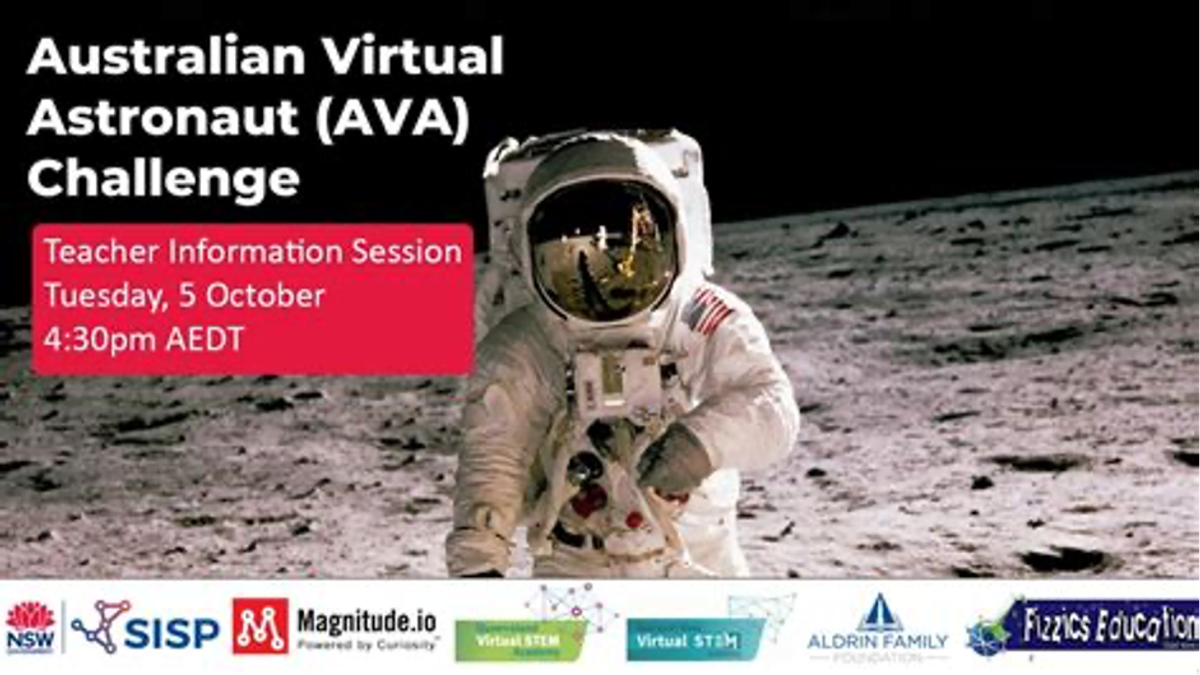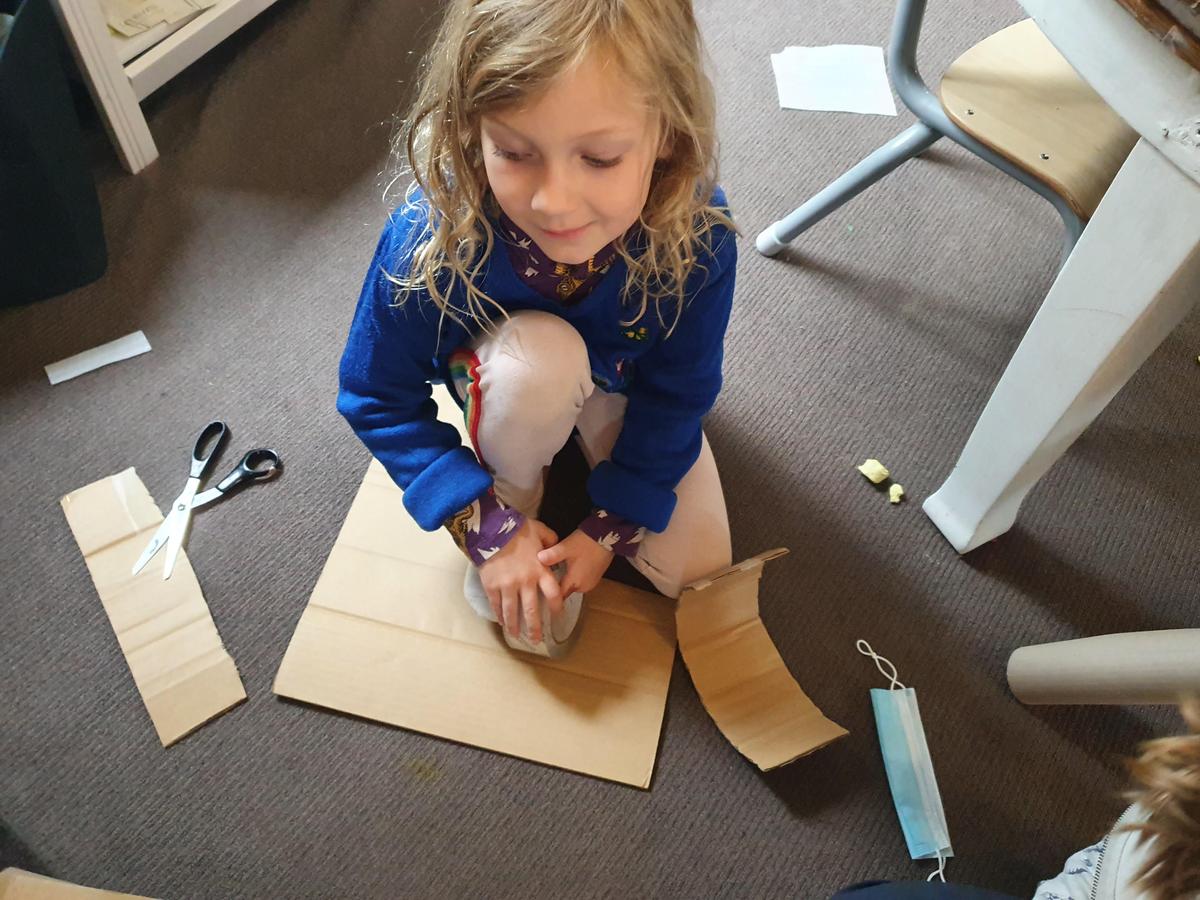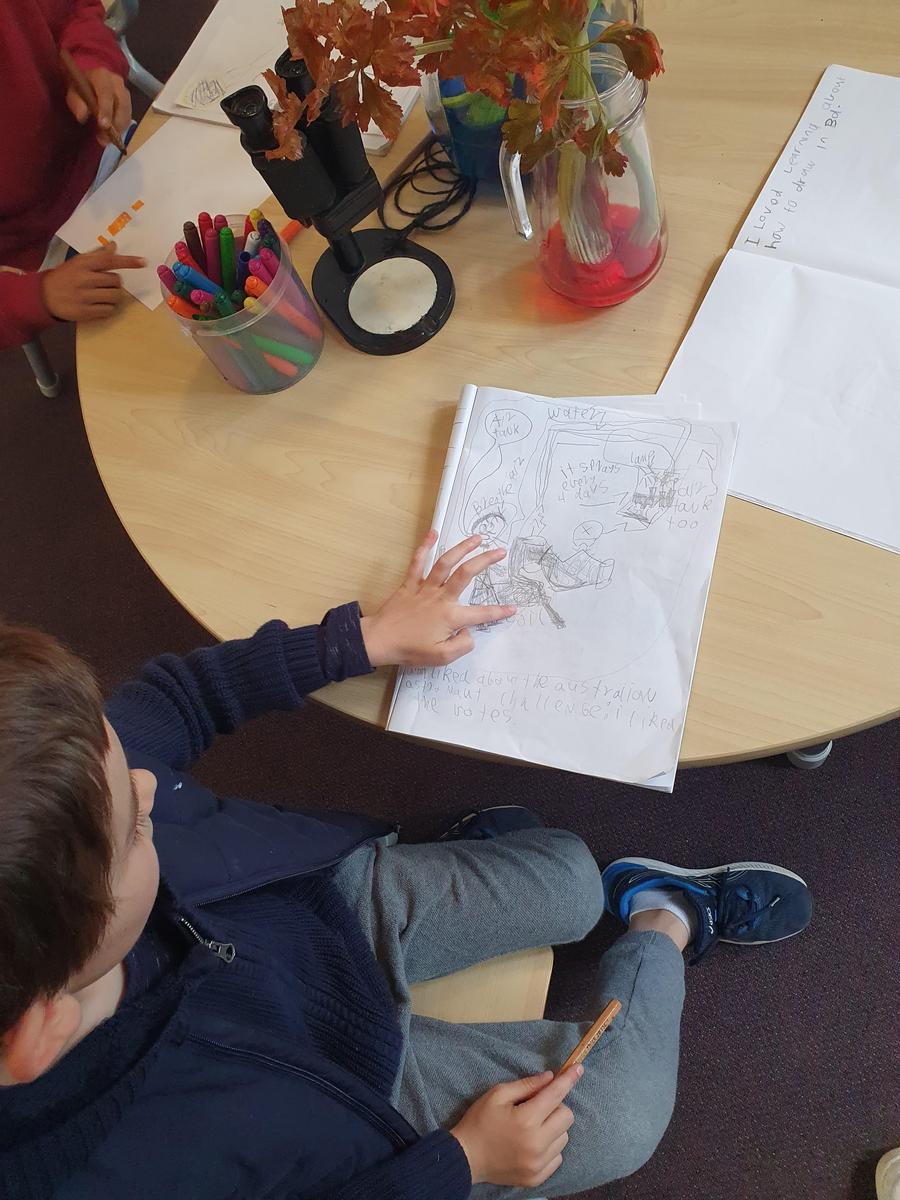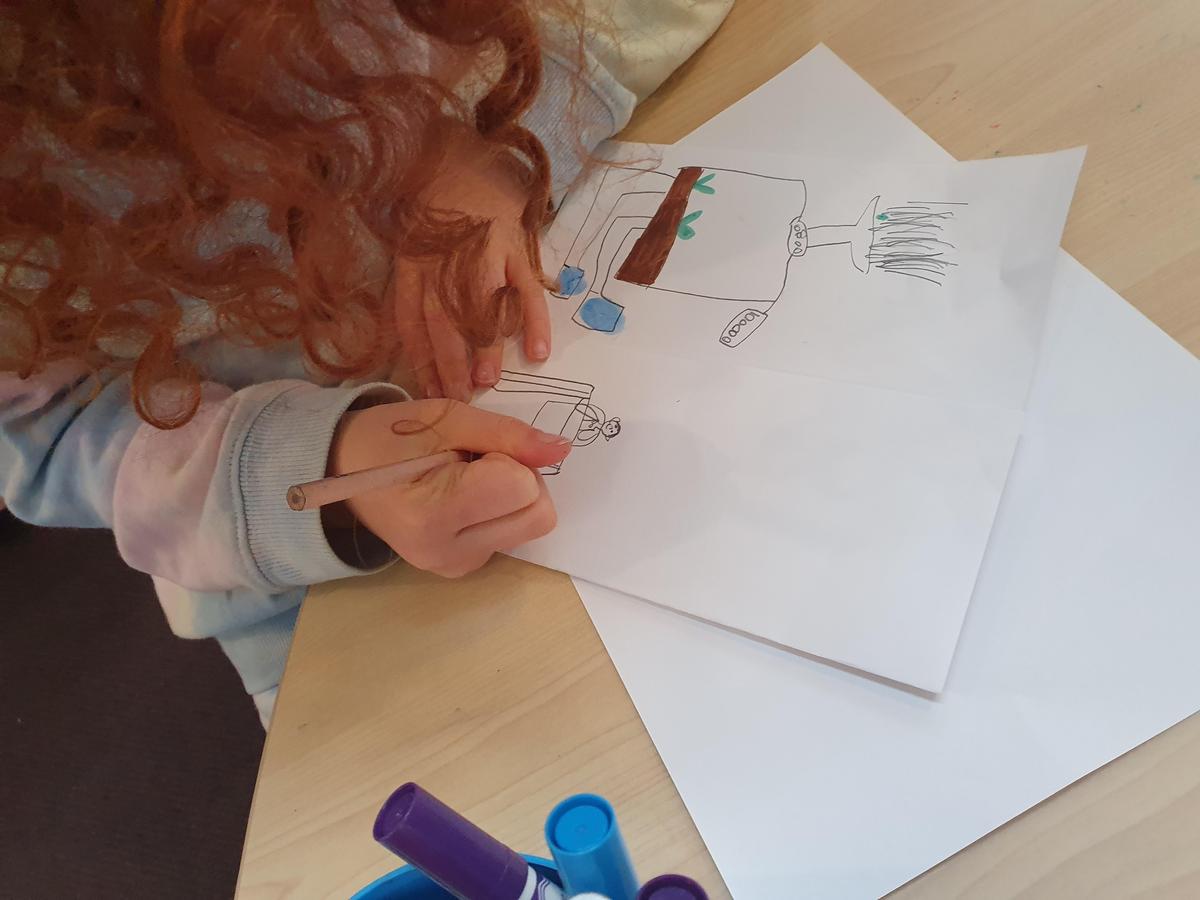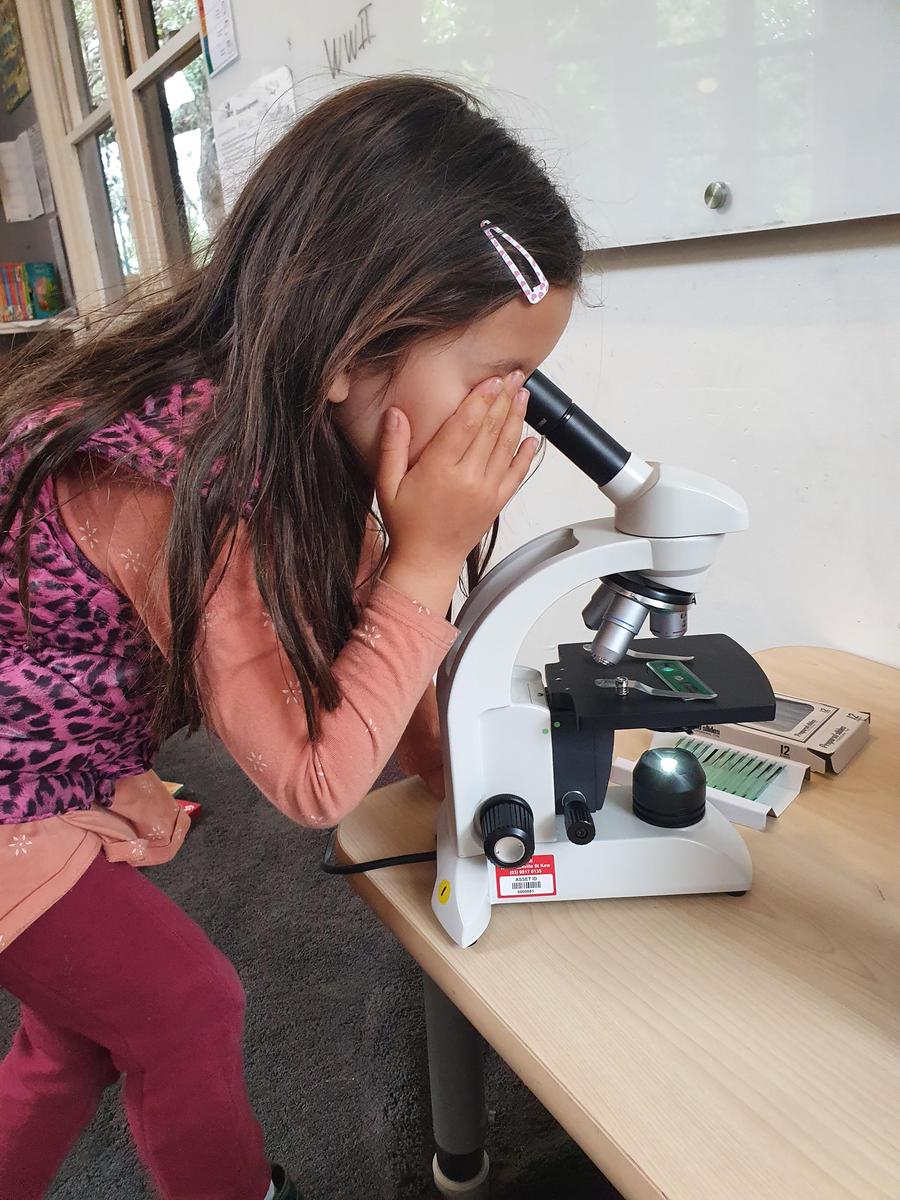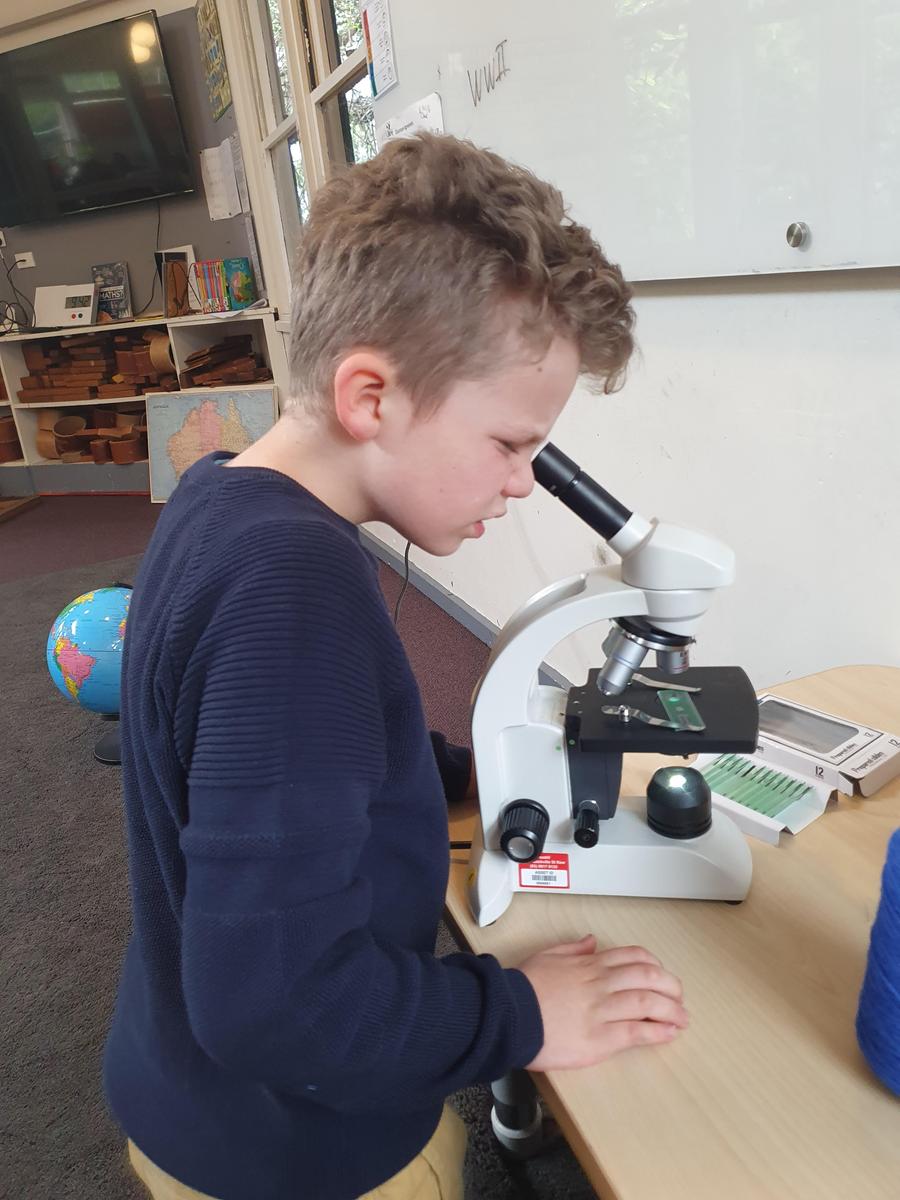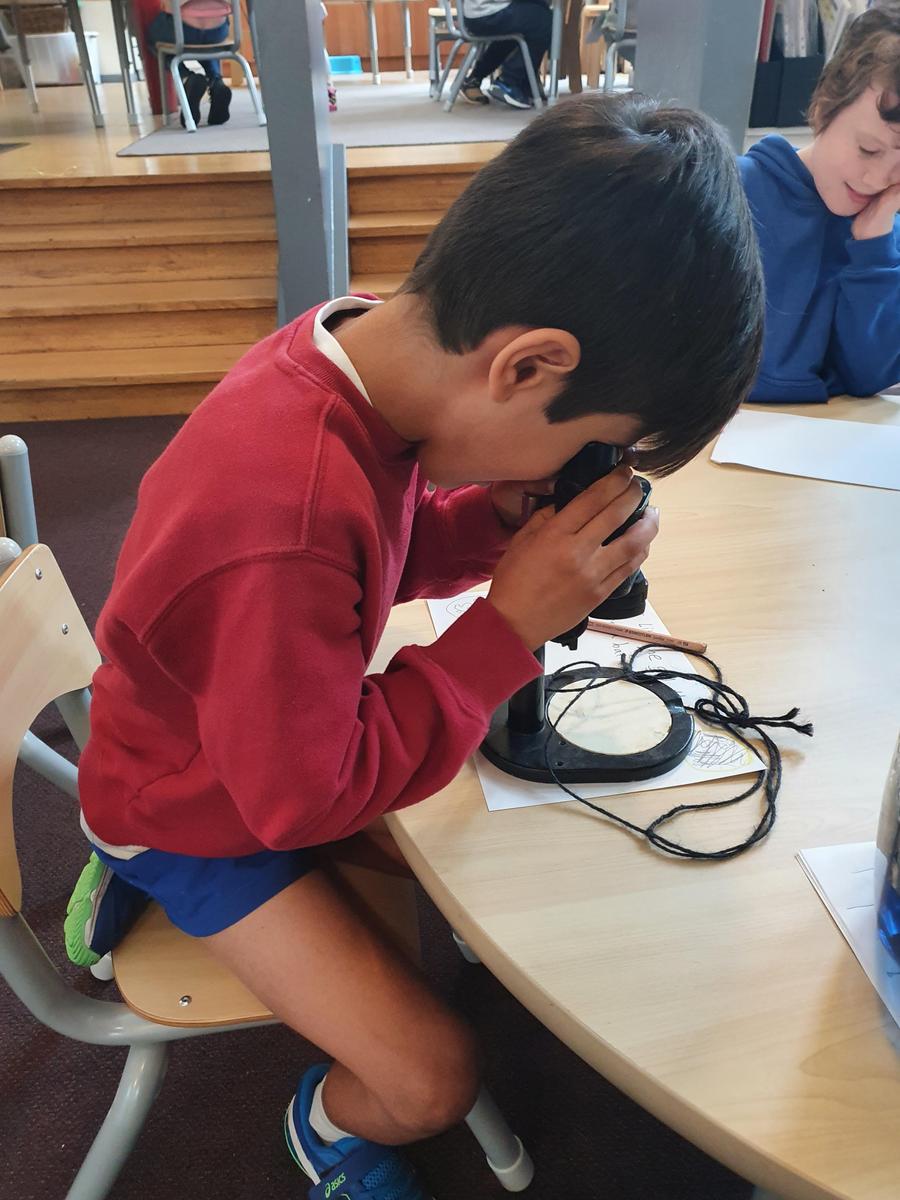Loft Room
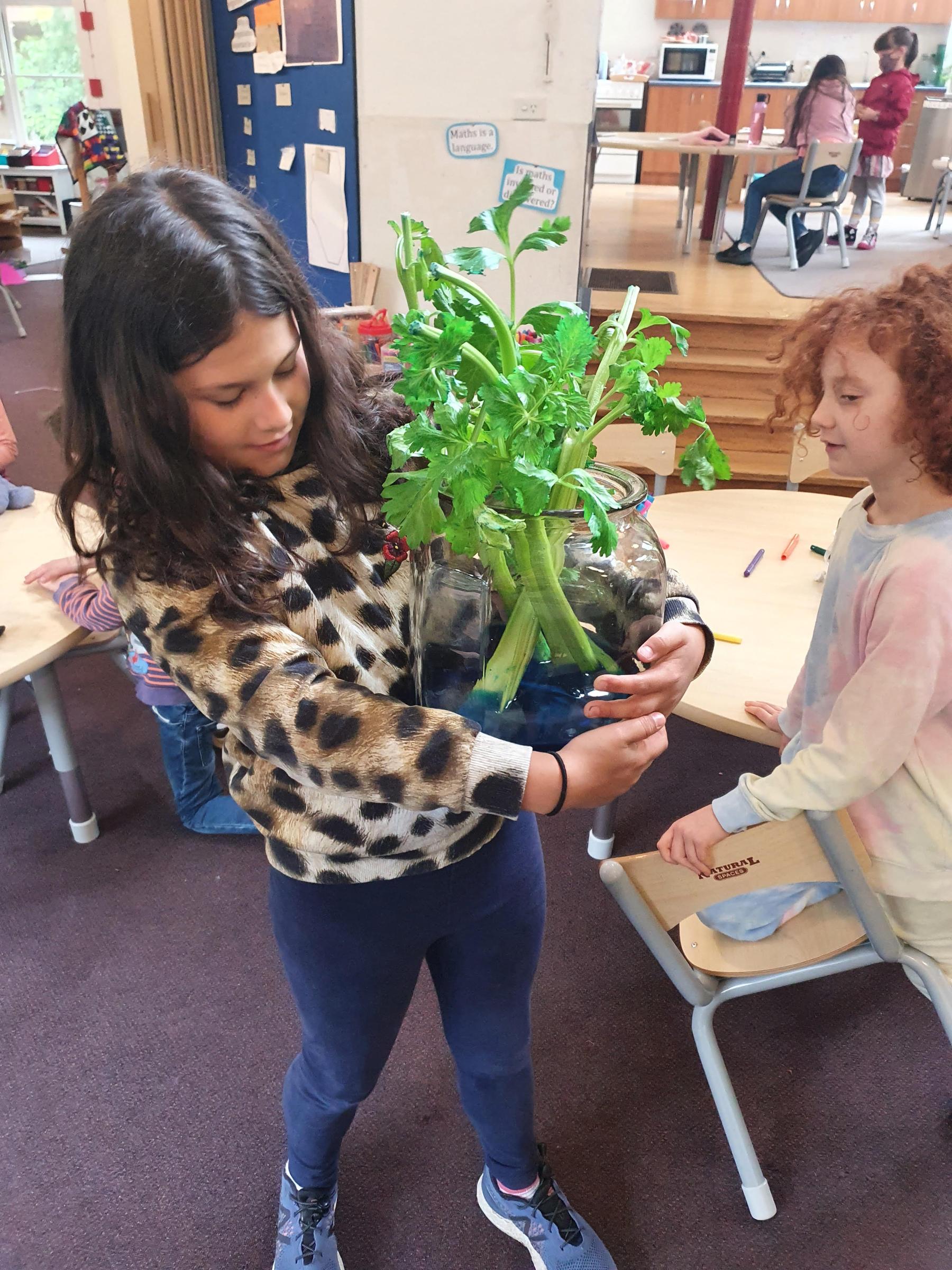
Welcome back everybody!
What a lovely sight to see children back in the Loft Room after the extended lockdown. As we settle back into the classroom routines, the teachers have been gathering information on the children’s progress, ready for report writing.
The children have engaged in writing tasks, maths assessments and sharing their reflections about semester two. These assessments are an opportunity for our children to show growth in all areas of their learning.
As 2021 is an interesting year regarding teaching and learning, we are especially excited about the learning outcomes from home-learning. Over the next couple of weeks, the children will share their thinking about home learning and will be supported in recording their reflections that will be included in their school report. These reflections are especially important, as the children have the opportunity to reflect on themselves as a learner. These reflections allow each child to celebrate their successes and to set new learning goals to achieve in the future.
This semester the children of the Loft Room have engaged in the Australian Astronaut Challenge. We were invited to create a family home outpost and figure out how to grow food on the Moon! The children participated in six live stream videos, listening to experts about space travel and the scientific concepts about the Earth and Moon. The following questions were posed to the children throughout the six weeks:
- How are we going to sustainably grow food on the Moon?
- How do we ensure this food is nutritious?
- How can the environment affect your food?
- How can the food be stored?
- Does the food produce enough energy?
The learning goal of the project was for children of all ages to engage in the design thinking process to solve problems. The design process has the following stages:
- Define and identify the challenge.
- Brainstorm
- Design and Prototype
- Evaluate
- Iterate
- Communicate
In the Loft Room we moved slowly through these stages, unpacking the information from the recorded webinars. This allowed the children to develop a deeper understanding of the concepts and make clear links to their Unit of Inquiry about Space. As the children were learning about the different two dimensional and three dimensional shapes that could be used to build in space and the children explored these shapes during Art. This supported their design as they were now using scientific language to describe their thinking.
The children also worked with Victor who has a background in Biological Sciences. Together, they investigated how plants survive. The children expanded their knowledge and understanding regarding photosynthesis. They explored how plants use inputs such as water, carbon dioxide and sunlight to synthesise outputs such as glucose and oxygen which allow them to survive and grow. The experiment the children engaged in, looked at how water is transported through plants (the xylem) by placing the celery in a jar of water with food dye. Predictions were made and the children recorded their observations. They wrote a scientific report by following the scientific method and included elements such as a title, research question, prediction, materials/equipment and method.
Paul O'Leary & Nanaki Kaur
Loft Room Teachers

